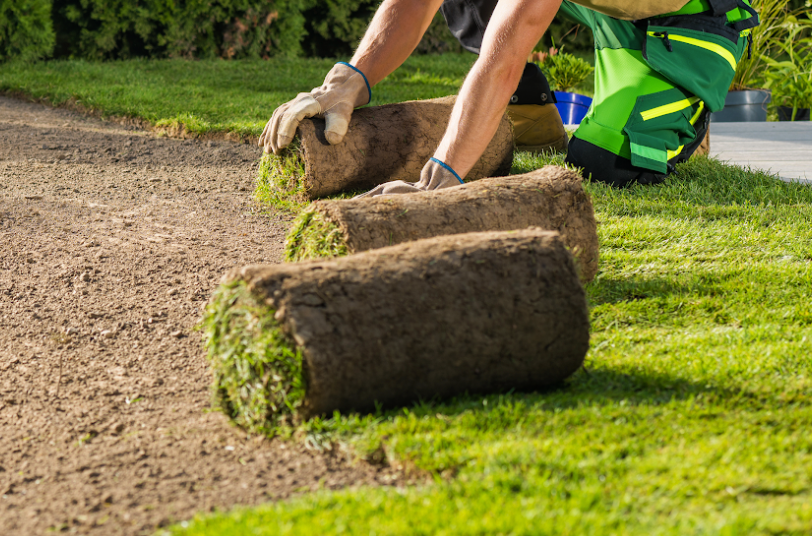Five Signs Your Lawn Needs Professional Aeration and Dethatching
Healthy turf looks simple on the surface, but below the blades a lot can go wrong. Soil compaction squeezes out oxygen and water; excessive thatch blocks nutrients and harbors pests. Aeration (pulling small soil cores) and dethatching (removing the matted layer of stems and roots) restore the underground environment your grass relies on. Here are five unmistakable signs it’s time to call the pros.
1. Your Lawn Feels Spongy—or Crunchy—Underfoot
Walk across the yard on a mild afternoon. If the surface feels springy like a gym mat or crusty and brittle, thatch is probably thicker than ½ inch. A dense thatch layer traps moisture near the surface and prevents grassroots from growing downward. Professional dethatching rakes out the excess, letting air and water flow freely again.
2. Water Puddles or Runs Off Instead of Soaking In
After a typical irrigation cycle or rain shower, check for standing water or fast-moving rivulets. Compacted soil has tiny, squeezed-shut pores that repel moisture. Core aeration punches thousands of holes that act like mini reservoirs, pulling water down where roots can use it and reducing runoff that carries fertilizers and soil into storm drains.
3. Thin Grass and Widening Bare Patches
When turf starts wearing thin—and reseeding doesn’t seem to take—compaction and thatch are common culprits. Roots can’t push through hard soil, and seedlings can’t anchor in a thatch mat. Aeration loosens the ground for stronger root growth, while dethatching exposes fresh soil so new seed contacts the earth instead of sitting on a spongy layer.
4. Hard Soil That Resists a Screwdriver Test
Grab an old screwdriver and try to push it six inches into moist ground. If you meet stiff resistance or can’t penetrate at all, the soil is compacted. This often happens in high-traffic areas where kids, pets, and mowers pass repeatedly. A professional aerator removes plugs two to three inches deep, relieving pressure and opening channels for oxygen, microbes, and earthworms.
5. Slow Green-Up and Dull Color Despite Fertilizer
You’ve followed the fertilization schedule, yet the lawn lags behind the neighbors each spring and fades quickly in summer heat. Thatch can tie up nutrients before they reach plant roots, and compacted soil limits microbial activity that makes those nutrients available. Combining dethatching with aeration ensures fertilizer reaches its target and the soil biology rebounds.
Why Hire a Professional?
- Specialized Equipment: Commercial core aerators and power rakes penetrate deeper and more uniformly than rental-grade machines.
- Proper Timing: Pros know the ideal window for cool-season vs. warm-season grasses, avoiding stress periods.
- Cleanup & Overseeding: They haul away debris and can overseed while the soil is open, jump-starting thicker growth.
If your lawn feels spongy, shows bare spots, or stubbornly resists water and fertilizer, aeration and dethatching are worth serious consideration. By relieving soil compaction and stripping away excess thatch, these two practices open vital channels for air, moisture, and nutrients to reach the root zone—conditions every turfgrass variety needs to thrive. You can tackle the work yourself with rental equipment, or enlist a professional crew for deeper, more uniform coverage; either way, timing matters. Cool-season grasses benefit most from treatments in early spring or early fall, while warm-season grasses respond best in late spring once active growth has begun. Follow up with a balanced fertilizer and, if the lawn is thin, an overseeding pass so new seedlings can take advantage of the freshly loosened soil. With a little patience and consistent after-care—proper mowing height, regular watering, and seasonal fertilization—your yard should rebound with thicker turf, stronger roots, and a healthier green color that lasts from one season to the next.
You might also like

